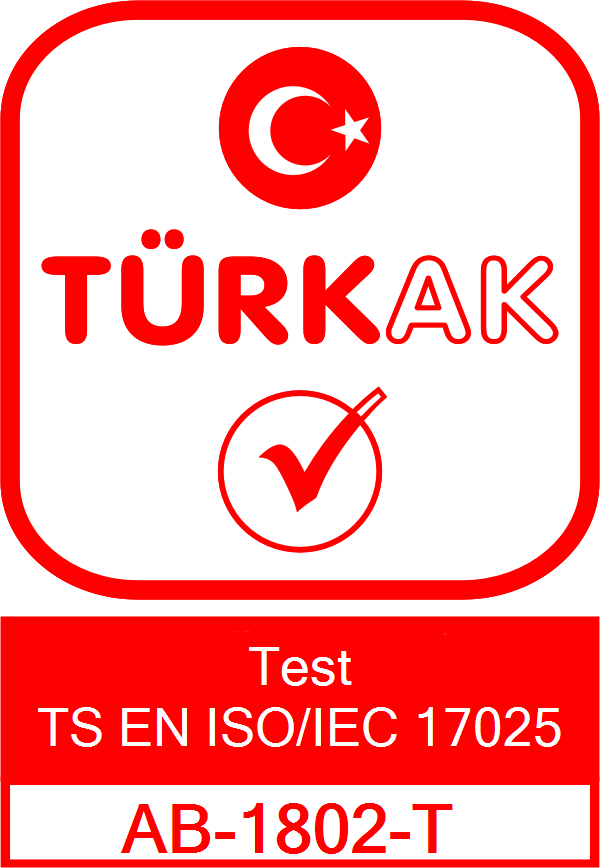
Polyaromatic Hydrocarbon (PAHs) Test in Children's Toys
Polyaromatic Hydrocarbon (PAHs) Test in Children's Toys
Contents
Polyaromatic hydrocarbons (PAHs) refer to a set of chemical compounds that belong to the group of environmental contaminants and are generally formed as a result of combustion. PAHs can be found in materials such as some plasticizers, rubber, oils and paints. These compounds can be found in children's toys, especially soft plastic toys. Some of the PAHs may be harmful to human health and have potentially carcinogenic effects. Therefore, it is important to control the presence and amount of PAHs in children's toys.
Here are some common methods used when testing PAHs on children's toys:
1. **GC-MS (Gas Chromatography-Mass Spectrometer)**: This is the most widely used method for PAHs analysis. The sample taken from the toy is extracted with a special solvent. This extract is injected into the gas chromatography device and used to separate certain PAH compounds. Then, these compounds are identified and quantified by mass spectrometry.
2. **HPLC (High Performance Liquid Chromatography)**: This method is also used by some laboratories for the analysis of PAHs. HPLC is used for the separation of dissolved compounds in liquid samples. These separated compounds are detected using a fluorescent detector or a UV detector.
PAH testing may be required to comply with restrictions set under regulations such as the REACH (Registration, Evaluation, Authorization and Restriction of Chemical Substances) regulation, particularly in the European Union. These tests are used to determine if toys contain PAHs below specified limits.

